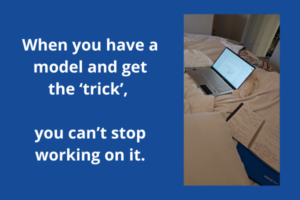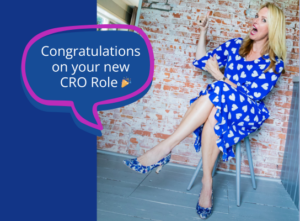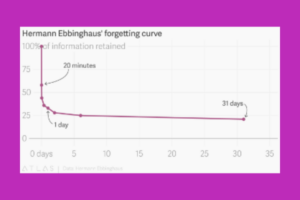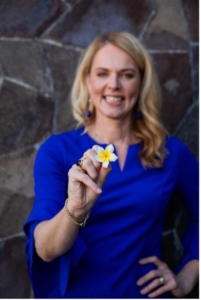As the year winds down, it's the perfect time to pause and reflect on what 2024 brought to your CX leadership journey. Often, we're so focused on what's next that we forget to celebrate our achievements, learn from our challenges, and refocus our energy for the future.
That's why I've dedicated my latest podcast episode of CX Leadership Talks to helping you reflect deeply and meaningfully on the past year. In this episode, I walk you through five themes that will guide your reflection process. Whether you're a CX leader driving change in a large organization or a consultant managing diverse projects, these themes will resonate and help you uncover insights that will fuel your growth.
The 5 themes for reflection
- Impact and results
Start by revisiting your accomplishments. What metrics defined your success in 2024? Did you achieve your goals, and what CX projects had the most significant impact? This is your chance to celebrate your wins and learn from what didn't go as planned. - Strategy and purpose
Reflect on how aligned your CX strategy was with your organization's goals. Did you secure a seat at the strategic table? Did you articulate a clear sense of urgency for customer centricity? This theme challenges you to evaluate whether you're driving a future-proof vision. - Engagement and cultural change
How did you inspire and engage others in 2024? From senior leadership to cross-department collaboration and customer engagement, reflect on the relationships you built and the cultural shifts you influenced. What worked, and where could you do more? - Personal growth and development
Your growth as a leader is as important as your professional results. What steps did you take to expand your CX expertise, authority, and network? Did your actions align with your values and purpose? Take a moment to acknowledge your personal wins and identify areas for further development. - Work-life balance and well-being
This final theme focuses on you as a whole person. How well did you manage stress and maintain balance? Did you make time for health, inspiration, and joy? Your well-being is the foundation for your leadership, so don't skip this critical reflection.
Ready to reflect? Let's do this together!
In the podcast, I provide practical prompts and examples for each theme to help you get started. To guide your reflection even further, download the free PDF with 17 questions covering topics like impact, strategy, personal growth, and work-life balance. I also share some personal highlights (and challenges) from my own 2024, including how I've learned to make reflection a meaningful and energizing ritual.
This isn't just a "listen and go" episode - it's an invitation to dive deep, jot down your thoughts, and take stock of the year. Grab your journal, a cup of tea, and some quiet time to join me in this reflective journey.
Make time for yourself, your growth, and your leadership. Let's close 2024 with clarity, gratitude, and inspiration for what's ahead.
Let me know your biggest insight from the reflection process!
Until next time, keep spicing up your Customer Experience leadership.
*****
Nienke Bloem is often called the Customer Experience speaker in the blue dress.
She's a global CX thought leader, educator and a global keynote speaker who inspires audiences with best practices and proven methodologies. She leads a speaking practice, a CX game company and a training business; she breathes Customer Experiences and is author of two CX books.
Her two-day Customer Experience Masterclass is known as the best program to prepare for your CCXP and she is the go-to person for CX leaders who want to advance their leadership and bring direct results from their Customer Experience transformation programs. Since 2020, she hosts a CX Leadership Masterminds program and helps leaders spice up their leadership and deliver an engaging CX Story including a solid CX Strategy. Besides, she is a modern-day pilgrim and found the parallel with leading customer centric transformations.
With her over 20 years of corporate experience, she speaks the business language. Her keynotes and education programs in Customer Experience are inspiring and hands-on. She is one of the few Recognized Training Partners of the CXPA and it is her mission to Make Customer Experience Work and help you deliver business results. Subscribe to her weekly CX Greetz to stay tuned.

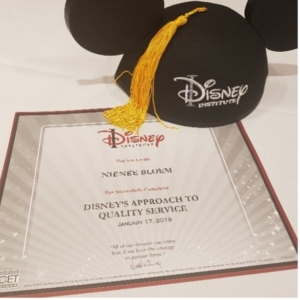 Minnie Mouse's Birthday!
Minnie Mouse's Birthday!